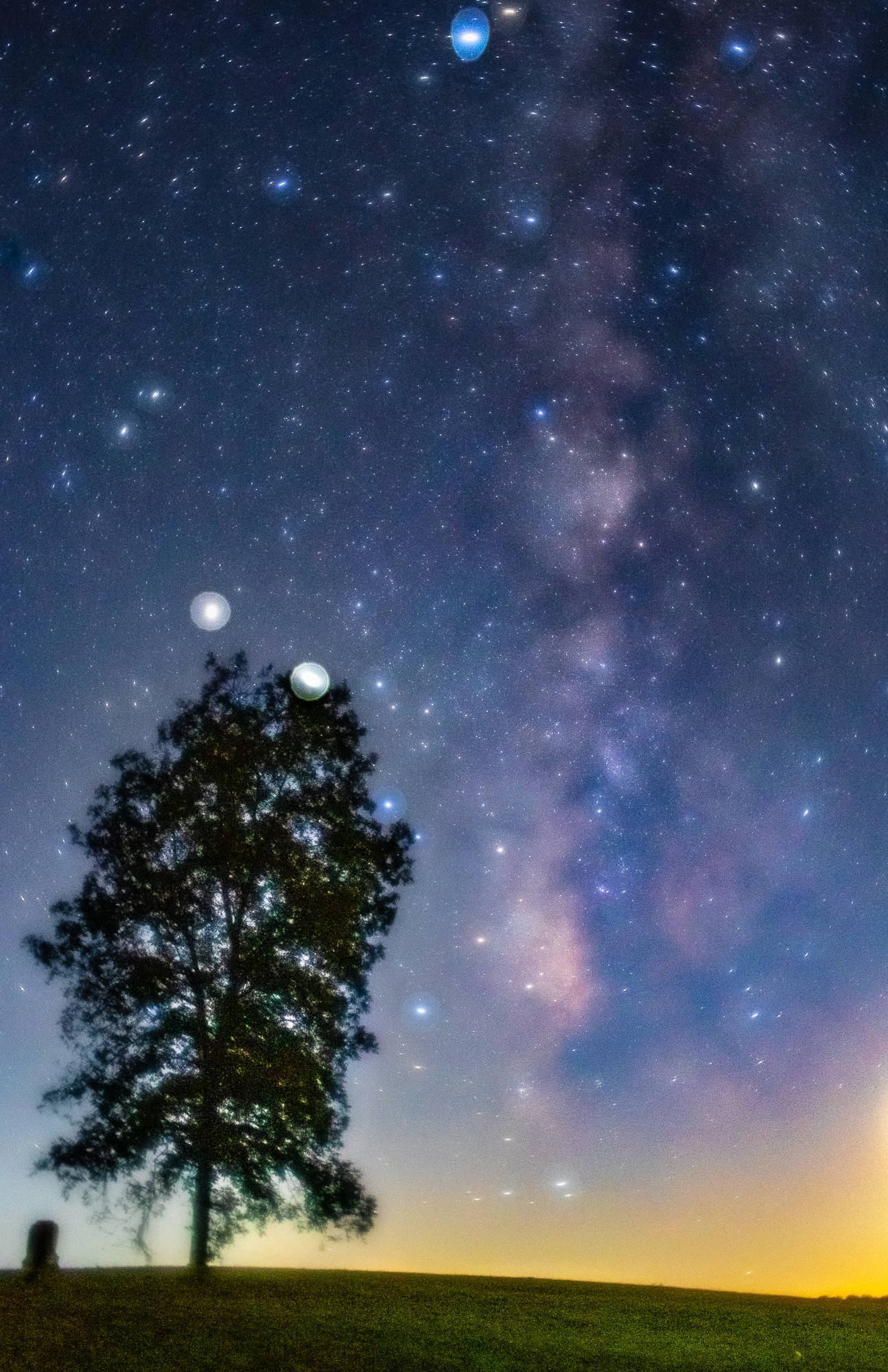Lensbaby Velvet 28 | ISO | 1000 | 1/100 | Sony a7
It's been five years since I bought my first Digital Camera. I did a lot of research into them before I decided on the Nikon D7200. Shortly after receiving my new camera, I joined a local camera club. I'll never forget when it was my turn to introduce myself. I excitedly announced my reason for joining because I had this new camera. Someone spoke up and said, "Why did you choose a DSLR and not a mirrorless camera?" In my research, I never came across mirrorless, it was either Nikon or Canon DSLR, and I was only familiar with the Nikon name.
While mirrorless had been around for a while, it wasn't until 2018 that the mirrorless system came into its own, with nearly all camera manufacturers getting into the game. Sony, which introduced a full-frame in 2013, became the leader in the industry.
Within the same year of buying the Nikon, I had to hang a Sony a7 full-frame mirrorless camera around my neck. The small, lightweight package is what sold me. It was half the size and weight of the Nikon D7200. I soon discovered there weren't many lens choices (the industry is now putting more development into mirrorless, using the latest in technology to produce exceptional optics and design). In searching for a lens for my new camera, I discovered Lensbaby offered Mirrorless lenses, so I bought my first lens, a Velvet 56.
Even with all this new lens technology, I still prefer manual focus over autofocus. But finding the focus of a manual lens, especially the Lensbaby tilting Composer, can be a challenge. Mirrorless cameras have several focusing aids that make this easier.
Here are some of the benefits of mirrorless I have found to be helpful when using a manual lens:
EVF: Electronic View Finder:
What you see is what you get. It's a tiny version of the LCD screen. I find I get a more accurate focus looking through the viewfinder.
This is helpful for Infrared photography. No need to calibrate an IR-converted camera to a specific lens. It also makes focusing a Velvet on my Infrared converted camera much easier and quicker. Some other benefits of EVF are: You can see real-time exposure and white balance changes. You can also see a preview after you take the picture without taking your eye off the viewfinder.
Lensbaby Velvet 28 | ISO | 250 | 1/250 | 830nm IR
Lensbaby Velvet 28 | ISO | 800 | 1/125 | 830nm IR
Focus Peaking/ Focus Aid:
For instance, this feature lets you see the slice of focus of an Edge optic. As you tilt the Composer and rotate the focus ring, you can see the peaking color mover across the frame. This not only helps with focus but also with composing the scene.
Lensbaby Edge 35 | ISO | 400 | 1/640 sec
Lensbaby Edge 50 | ISO | 400 | 1/400 sec
Focus Point Magnification:
To aid with finding focus, I have a button on my camera assigned to Magnify. I move the magnification square to my focal point and then tilt the Composer until the focus peaking feature highlights the magnification box. I have very good luck nailing focus with the Sweet optics using this method. I can go ahead and magnify the area to make sure I'm spot on.
"Even with all this new lens technology, I still prefer manual focus over autofocus. But finding the focus of a manual lens, especially the Lensbaby tilting Composer, can be a challenge. Mirrorless cameras have several focusing aids that make this easier."
Lensbaby Sweet 50 | ISO | 125 | 1/1500 sec
Lensbaby Sweet 35 | ISO | 6400 | 1/500 sec
Better low light and night focusing:
With a mirrorless, you can crank up the ISO to see the image to focus easier, then take the ISO back down for proper exposure.
Lensbaby Velvet 28 | ISO | 3200 | 15 sec
Lensbaby Velvet 28 | ISO | 1000 | 1/100 sec
Lensbaby Burnside 35 | ISO | 100 | 13 sec
Another feature I really like about mirrorless is the histogram, it's visible right there in the viewfinder and on the LCD screen to aid in quick exposure adjustment, so there is no having to switch back and forth from the Info button to the LCD screen.
If you're considering switching systems, your DSLR lenses can be used on a mirrorless camera with the proper adapter. You can also adapt lenses from other systems. However, you can not mount a mirrorless lens on a DSLR. Mirrorless lenses may be smaller and lighter than their equivalent DSLR lens.
I still love my Sony a7 because of its size. Although I have upgraded to the Sony a7iii as well as added a micro 4/3 system to my kit. I've since sold the Nikon D7200.
Lensbaby Micro 4/3 Trio & Velvet | ISO | 500 | 1/640 sec
Want your shots featured by Lensbaby?
Be bold and shoot extraordinary! Make sure to tag your photos on IG with #Lensbaby, #ShootExtraordinary, and let us know what gear you’re using. 📸
Barbara Corley
I keep it simple in my approach to photography.
I love Lensbaby Lenses and let their character come through in my work.
Sometimes it’s subtle and sometimes more pronounced.




Leave a comment
All comments are moderated before being published.
This site is protected by hCaptcha and the hCaptcha Privacy Policy and Terms of Service apply.